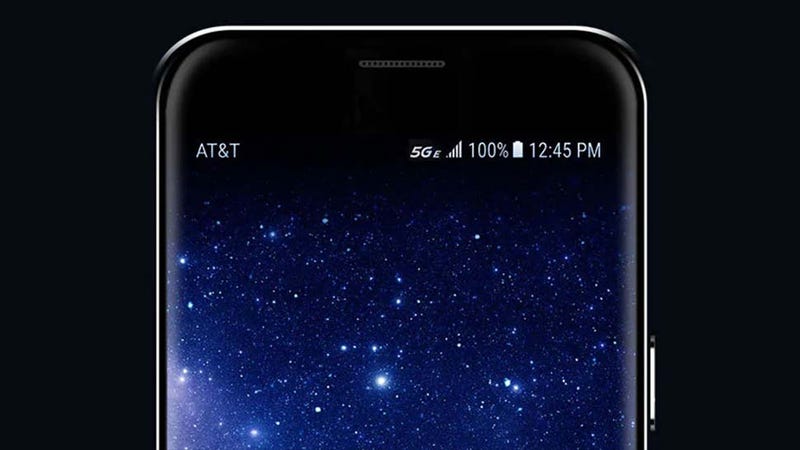 Image: AT&T
Image: AT&T
When AT&T announced it was rebranding part of its 4G LTE service as 5G E, or 5G Evolution, everyone knew it was bullshit. AT&T’s service hadn’t magically gotten faster, and all the other carriers cried foul. But only Sprint had the guts to sue AT&T over its misleading claims.
Now it appears AT&T and Sprint have “amicably resolved” their legal battle, and while the terms have not been fully disclosed, there’s one thing we do know: AT&T will be allowed to continue with its 5G E nonsense.
The original suit filed by Sprint back in December alleged that AT&T’s use of 5G E was confusing to the public. Sprint even conducted a survey that showed that 54 percent of consumers thought 5G E was as good or better than true 5G service.
But in reality, that perception could not be further from the truth as AT&T’s 5G E is really just a collection of LTE Advanced Pro technology already available on 4G networks. These new features include things like 4X4 MIMO, 256QAM, and new carrier aggregation techniques that allow cellular providers to boost the performance of existing 4G LTE service.
As an example of the difference between 5G E and real 5G, about a month ago, mobile analytics firm OpenSignal discovered that the average download speed for 5G E capable phones on AT&T’s network was around 28.8 Mbps. That’s not bad compared to today’s standards, but when you compared that to the 400 to 500 Mbps speeds I encountered while testing a real 5G network in Chicago, we’re talking about more than a 15x discrepancy. That’s not even close.
To further highlight the confusion over 5G E, just yesterday Salesforce founder and CEO Mark Benioff tweeted a message that made it seem like he wasn’t sure if AT&T’s 5G E service in San Francisco was real 5G or not. Now there’s a chance Benioff was being sarcastic and clowning on AT&T, but if he wasn’t, confusion from someone in his position who has actual experience using a real 5G network only further reinforces how misleading AT&T’s 5G E branding is.
In a just world, AT&T would not be allowed to display the 5G E icon on devices connected to a 4G network. But sadly, it seems that’s not the case.
Share This Story